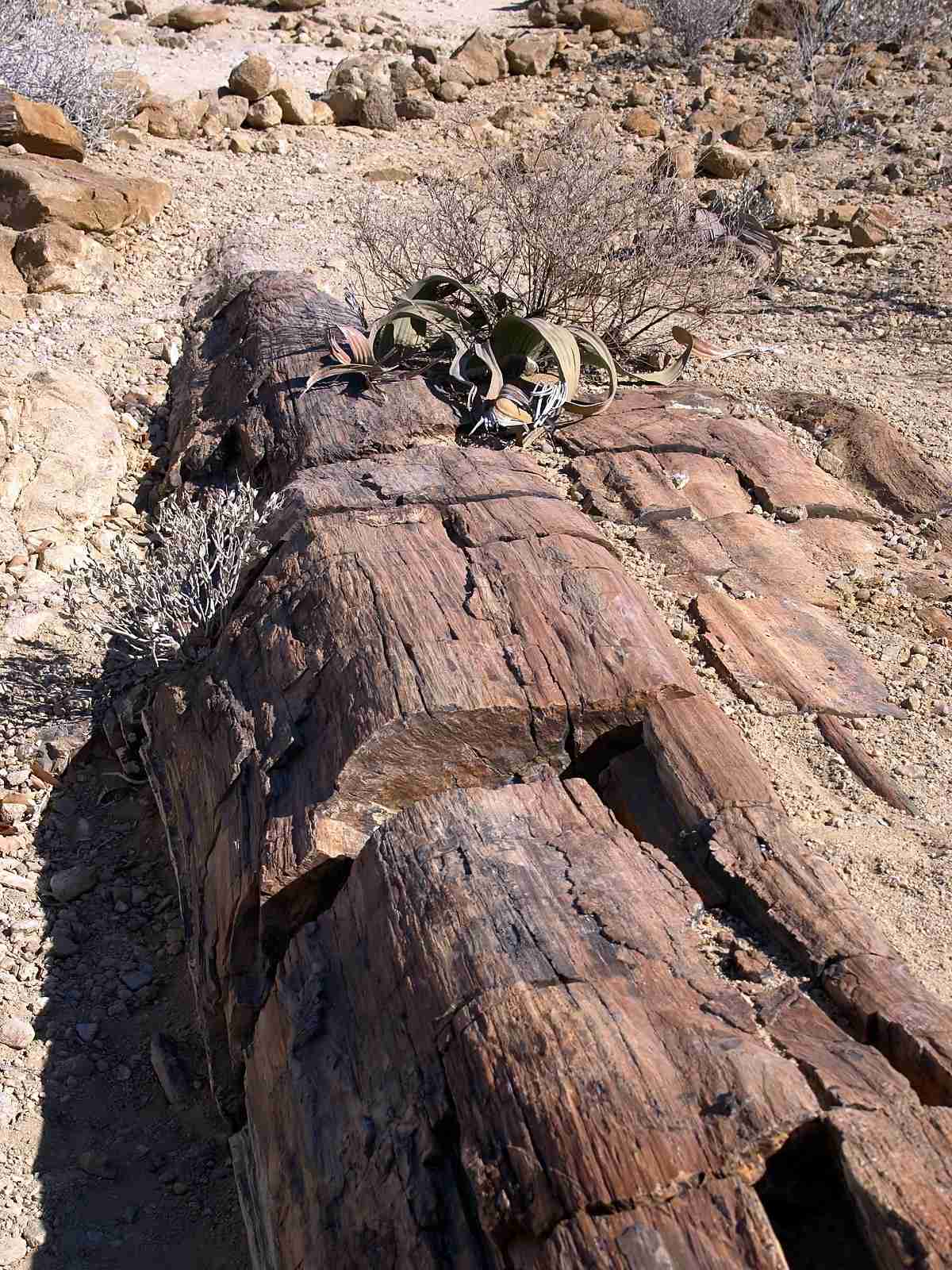
Living Fossil of the Namib Desert: The Welwitschia Plant Has Been Around for Over 200 Million Years an Can Live for Millennia
In the heart of the unforgiving Namib Desert, where rainfall is scarce and temperatures soar, a remarkable plant clings to life, defying the harsh conditions that would crush most lifeforms. This botanical marvel is Welwitschia mirabilis, a living fossil that has captivated scientists and enthusiasts for centuries.
Welwitschia mirabilis is unlike any other plant in the world. It has only two strap-like leaves that grow continuously from a woody base, reaching lengths of up to to 4 m (13 ft). The leaves, adorned with a mosaic of scars from the oldest sections that have died and fallen off, give the plant a distinctive appearance, earning it the nickname “two-leaved wonder.”
Genetic studies have revealed that Welwitschia mirabilis is an very ancient species which evolved around the same time as the dinosaurs, around 200 million years ago. This puts it at the same evolutionary level as some of the earliest conifers, making it a living link to a long-lost era of plant life.
The Namib Desert, a vast expanse of sand dunes and rocky plains stretching along the coast of southwestern Africa, is one of the driest places on Earth, receiving an average annual rainfall of less than 2 inches. To survive in this harsh environment, Welwitschia mirabilis has evolved remarkable adaptations.
Its roots extend deep into the sandy soil in search of any available moisture. The leaves are covered in a thick, waxy coating that helps to prevent water loss. And the plant is able to absorb water from fog that rolls in from the coast, thanks to its hairy leaves that trap droplets of water.



